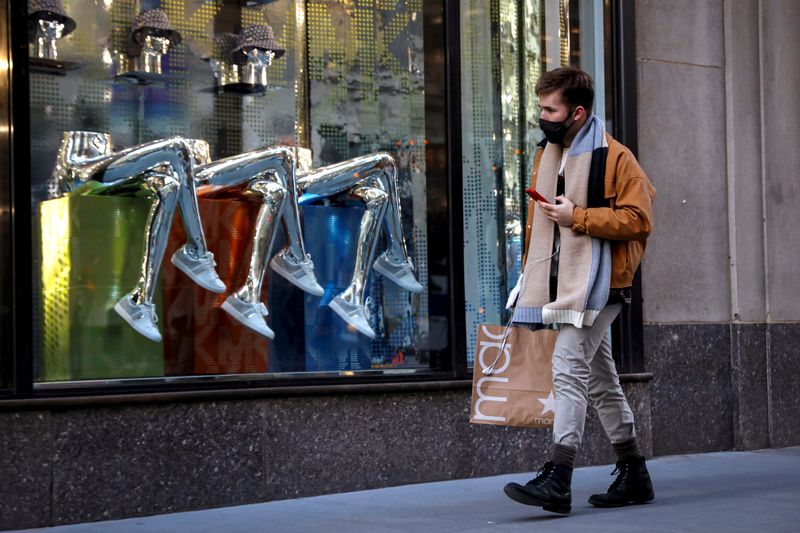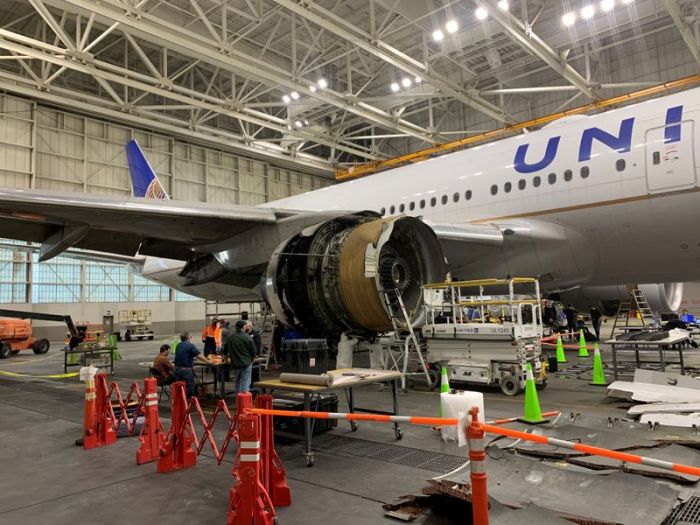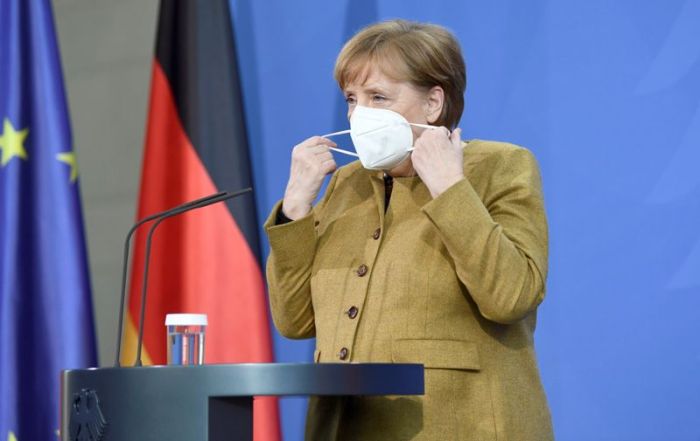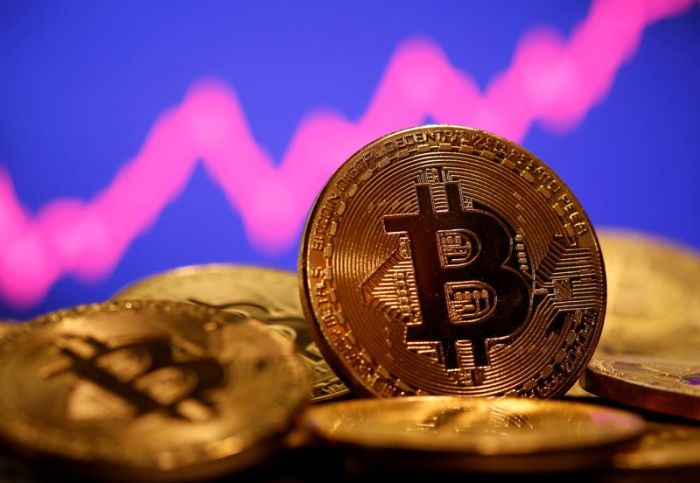WASHINGTON (Reuters) – U.S. consumer confidence increased in February, with households slightly more upbeat about the labor market amid declining new COVID-19 infections and expectations for additional money from the government to help the economy’s recovery from the pandemic.
The survey from the Conference Board on Tuesday also showed consumers warming up to overseas vacations, though fewer intended to purchase homes, automobiles and other big-ticket items over the next six months. Consumers anticipated higher inflation as well. This fits in with economists’ predictions that demand will swing back to services from goods by summer as more Americans get vaccinated, and boost price pressures.
There are concerns in some quarters that very accommodative fiscal and monetary policy will ignite inflation this year. Federal Reserve Chair Jerome Powell has played down these fears, citing three decades of lower and stable inflation.
On Tuesday, Powell told lawmakers that the U.S. central bank would keep interest rates low and continue to pump money into the economy through bond purchases “at least at the current pace until we make substantial further progress towards our goals … which we have not really been making.”
The Conference Board said its consumer confidence index rose to a reading of 91.3 this month from 88.9 in January. Confidence remains well below its lofty reading of 132.6 last February.
Economists polled by Reuters had forecast the index nudging up to a reading of 90. The cut-off date for the survey was Feb. 11 and did not fully capture the winter storm, which knocked out electric power in Texas, or the easing of dining restrictions in New York city.
“With additional fiscal relief coming and better progress on the vaccination front, sentiment should rise further,” said Ryan Sweet, a senior economist at Moody’s Analytics in West Chester, Pennsylvania. “As we approach herd immunity, pent-up demand will be released.”
COVID-19 cases in the United States have declined for the sixth consecutive week, with daily cases and hospitalizations falling to the lowest level since before the Thanksgiving and Christmas holidays. The pace of vaccination is also picking up.
Health experts have warned, however, that coronavirus variants initially discovered in Britain, South Africa and Brazil could unleash another wave that threatens to reverse the recent positive trends. The virus has claimed more than 500,000 lives in the U.S. just over a year since the pandemic hit the nation. President Joe Biden’s $1.9 trillion recovery plan from the pandemic is gaining traction in the U.S. Congress.
Stocks on Wall Street fell as investors sold off mega-cap growth shares on valuation concerns. The dollar gained versus a basket of currencies. U.S. Treasury prices were higher.
Graphic: Consumer confidence – https://graphics.reuters.com/USA-STOCKS/nmopazdgdva/consconf.png
CAUTION LINGERS
The survey’s present situation measure, based on consumers’ assessment of current business and labor market conditions, rebounded to a reading of 92.0 after declining for three straight months, indicating a pick-up in economic growth was underway. Retail sales surged in January, prompting economists to boost their first-quarter growth estimates to as high as a 6% annualized rate from as low as a 2.3% pace.
Still, consumers remain cautious. The expectations index based on consumers’ short-term outlook for income, business and labor market conditions slipped to 90.8 from a reading of 91.2 in January.
The survey’s so-called labor market differential, derived from data on respondents’ views on whether jobs are plentiful or hard to get, rose to a reading of 0.7 this month from -2.5 in January. That measure closely correlates to the unemployment rate in the Labor Department’s employment report and raised hopes for steady job growth this month.
The economy created only 49,000 jobs in January after shedding 227,000 jobs in December, the first decline in payrolls in eight months. About 12.3 million jobs of the 22.2 million lost during the pandemic have been recovered.
The share of consumers expecting an increase in income dipped to 15.2% from 15.8% last month. The proportion anticipating a drop fell to 13.2% from 15.5% in January.
There was an uptick in the share of consumers planning to go on vacation over the next six months, but mostly overseas. Fewer consumers expected to purchase homes, motor vehicles and major household appliances. Consumers’ inflation expectations over the next 12 months shot up to 6.3% from 6% in January.
“We believe the change in expectations reflects a real sense that consumers are facing higher inflation rates than appear to be being captured in the CPI,” said Conrad DeQuadros, senior economic advisor at Brean Capital in New York.
The moderation in house-buying intentions likely points to a slowdown in sales, which have been powered by demand for more spacious accommodations for home offices and schooling. Higher prices amid tight supply could also slow home sales.
A separate report on Tuesday showed the S&P CoreLogic Case-Shiller 20-metro-area house price index soared 10.1% in December from a year ago, the largest gain since April 2014, after increasing 9.2% in November.
Robust house price inflation was confirmed by a third report showing the Federal Housing Finance Agency (FHFA) house price index jumped 11.4% year-on-year in December after rising 11.1% in November. Prices accelerated 10.8% in the fourth quarter from a year earlier, double the 5.4% logged in the same period in 2019.
(Reporting by Lucia Mutikani, Editing by Franklin Paul and Andrea Ricci)

















